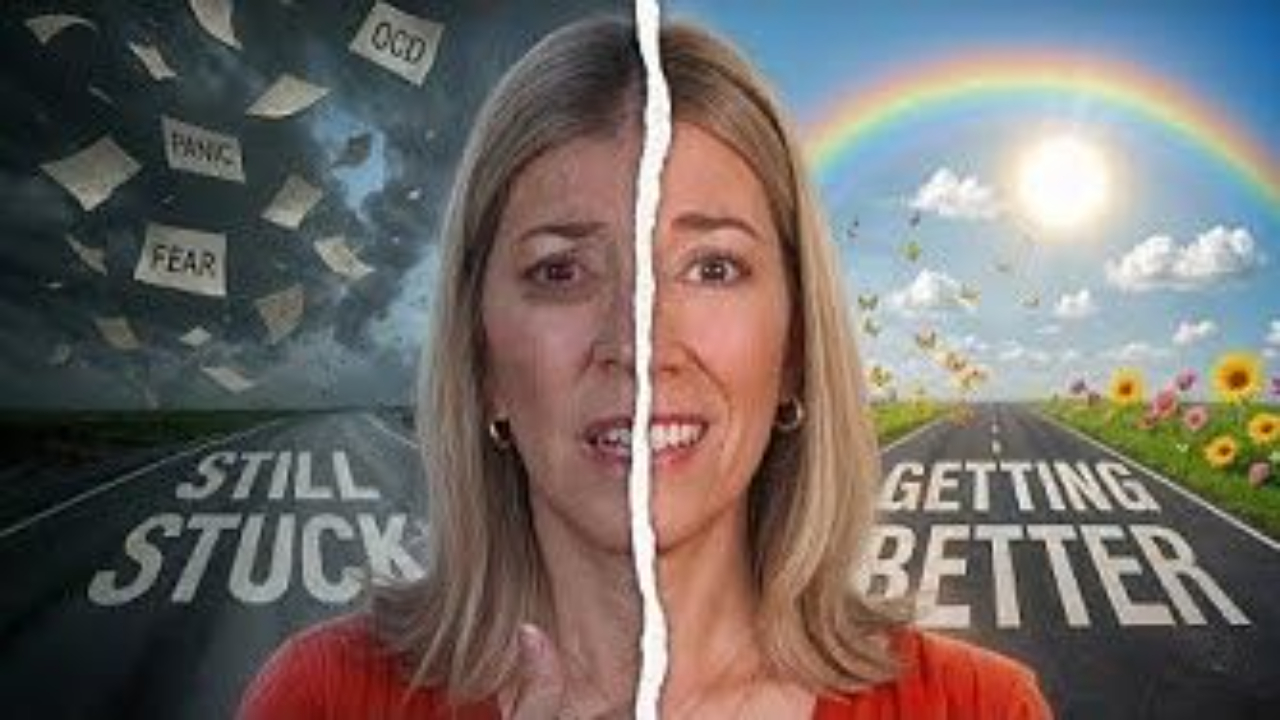
Response Prevention: Boosting Exposure Therapy for Anxiety & OCD
Response prevention is a crucial yet often overlooked aspect of exposure therapy, which is designed to empower individuals in conquering their fears, anxieties, and compulsions. It goes beyond mere exposure to triggers, emphasizing the active resistance of engaging in compulsive behaviors and avoidance tactics both during and after exposure. In this blog post, we explore what response prevention is along with practical strategies.
What is Response Prevention?
Response prevention is a critical component of exposure therapy, often overshadowed by the focus on exposure itself. This therapy aims to help individuals confront and overcome their fears, anxieties, and compulsions. However, it's not just about exposing oneself to triggers; it's about actively resisting the urge to engage in compulsive behaviors and avoidance tactics during and after the exposure.
When individuals with anxiety, phobias, or OCD engage in avoidance or compulsive behaviors, they reinforce the belief that their fears are justified, and their anxiety is legitimate. The primary purpose of exposure therapy, coupled with response prevention, is to provide the brain with opportunities to learn that the feared situations or thoughts are not actually dangerous and that individuals can cope with them effectively.
Components of Response Prevention
- Resisting Physical Compulsions: Physical compulsions are repetitive physical behaviors used to alleviate anxiety. These can include actions like repeatedly checking locks, washing hands excessively, or tapping on objects. Response prevention involves resisting the urge to engage in these physical compulsions during and after exposure.
- Resisting Mental Compulsions: Mental compulsions often go unnoticed because they occur internally. These include ruminating, analyzing, counting, praying, or repeating phrases in your mind. Identifying and resisting these mental compulsions is crucial to response prevention.
-
Avoiding Behaviors: Avoidance behaviors involve making choices to avoid situations or activities that trigger anxiety. For instance, avoiding driving, social events, or certain places due to fear. Response prevention means gradually confronting these triggers without avoidance.
-
Safety Behaviors: Safety behaviors are actions taken to feel safer, even though they don't actually provide safety. Examples include having someone accompany you on an exposure, carrying food or medicine "just in case," or always having a cell phone on hand. The goal is to reduce reliance on these safety behaviors over time.

Are you struggling with OCD or Pure O? Do obsessive thoughts, rituals, and compulsions take over your life? Has it been hard to find a specialist to help you?
If you want to get your life back from OCD or Pure O,
this course is for you.
Practical Strategies for Response Prevention:
- If total cessation is challenging, try to change, delay, or mix up how you perform the compulsion.
-
Set specific rules for compulsive behaviors, like limiting handwashing to a certain duration.
-
Gradually reduce the frequency and intensity of compulsions during exposures.
-
Encourage yourself with positive self-talk during challenging moments.
-
Use diffusion techniques to identify and separate mental compulsions from your identity.
-
Slowly say your obsessive thoughts or worries, repeat them rapidly, or say them in a funny voice to weaken their grip.
-
Focus on accepting discomfort and uncertainty rather than seeking mental reassurance.
- Start by confronting less anxiety-inducing situations and gradually work your way up to more challenging ones.
-
Make a conscious effort to engage in the activities you've been avoiding.
-
If necessary, establish rules for safety behaviors, like reducing the reliance on having a phone nearby.
Response prevention is a crucial aspect of exposure therapy, essential for reducing anxiety, phobias, and OCD symptoms. While it can be challenging, practicing response prevention during and after exposures is a powerful way to retrain your brain and regain control over your life. Remember, progress may be gradual, and self-compassion and encouragement are key allies on this journey to overcoming anxiety and reclaiming your freedom.
Let's Keep in Touch
Subscribe to My Newsletter
We hate SPAM. We will never sell your information, for any reason.







